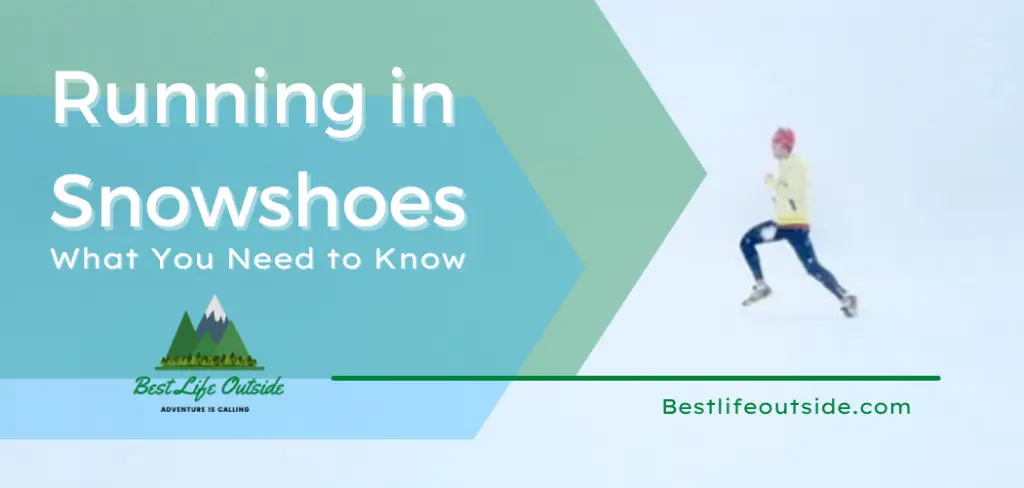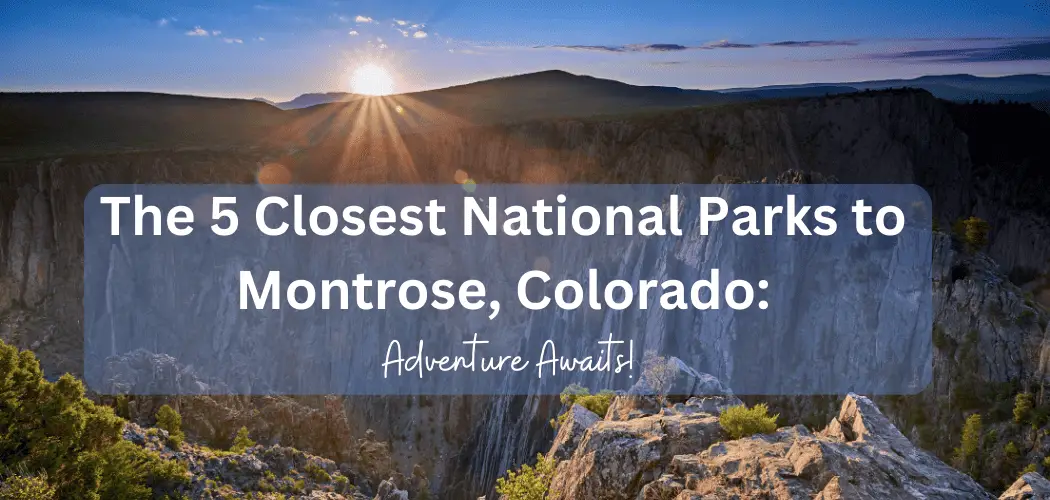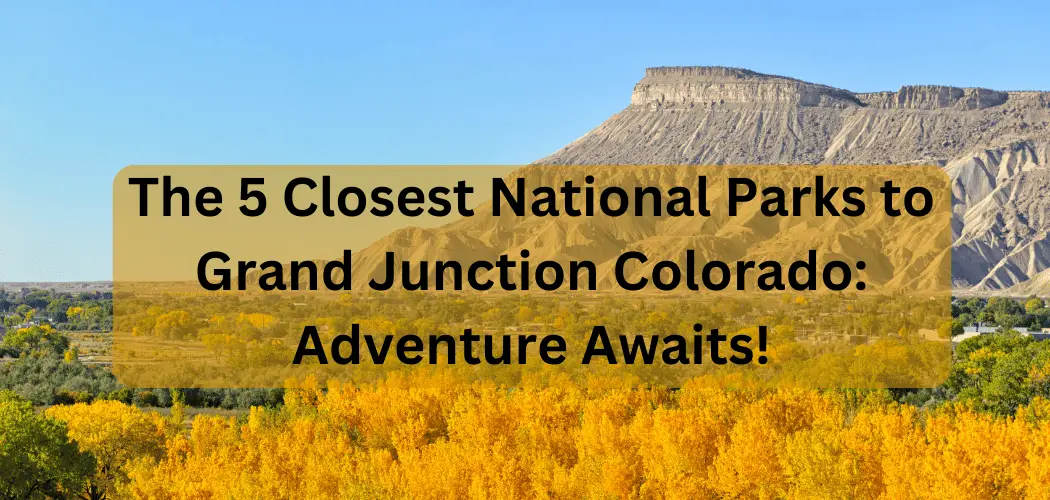 When the temperatures start to plummet during those long winter months, it can be hard to find ways to stay active outdoors. Luckily, playing in the snow isn’t just for kids. When the snow starts falling, just lace up your snowshoes and hit the trails for some endorphin-pumping exercise to help beat the winter blues.
When the temperatures start to plummet during those long winter months, it can be hard to find ways to stay active outdoors. Luckily, playing in the snow isn’t just for kids. When the snow starts falling, just lace up your snowshoes and hit the trails for some endorphin-pumping exercise to help beat the winter blues.
With just a few tips and techniques up your sleeve, you will be well on your way to enjoying this fun, new sport. Read on to find out all you need to know to get started!
What to Wear Snowshoeing
With so many snowshoe options available on the market, it can be hard to choose the right ones. Some things to consider on your search for the perfect snowshoe are:
- Made for running: Look for snowshoes specifically made for running, as these shoes tend to be lighter weight than regular snowshoes. They’ll also give your feet a greater range of motion.
- Powdery or packed? You should also think about what kind of trails you want to run on. Powdery snow requires a longer snowshoe, but you need shorter snowshoes for trails with tightly packed snow.
- Weight: Find a shoe to fit your weight range (plus add in any additional weight you may be carrying).

Keep in mind:
- The smaller the snowshoe, the easier it is to navigate. Always err on the smaller side when/if possible.
- If you are hesitant to purchase before you even know how you’ll like snowshoeing, look for places near you or even online where you can rent snowshoes. This gives you the option of trying different styles to see what suits you better. You can always take the plunge and buy your own after you know what you are getting into.
Snowshoe Running for Beginners
Proper Technique for Running in Snowshoes
The good news is walking and running in snowshoes is a lot like normal walking and running. Tips to get you started:
- You may have to widen your stance slightly to compensate for the width of your snowshoes.
- Make sure your foot is in the center of the binding when you put them on and that all straps are tightened securely.
- A pair of poles can come in handy for newbies to help with balance or when navigating tough terrain but aren’t a necessity by any means. You can use ski poles, snowshoe poles, or even trekking poles.
- Start with easy, flat terrain preferably with packed down snow and master your techniques then you’ll be ready to advance to the more difficult territory.
How To Dress When Running In Snowshoes
You may be tempted to load on all the layers when headed out in the snow. However, if you are planning to run in snowshoes, refrain from wearing too many layers. You’ll start out feeling a little cold, but your body will begin to heat up as you move.

Avoiding too many layers will keep you more comfortable during your run, and also prevents too much sweat from building up. Sweat causes you to cool down too quickly when you finally stop.
So what should you wear? Wearing moisture-wicking layers with a hard shell outer layer is ideal. Your snowshoe can cause some excess snow to kick up on the back of your outfit and you want your clothing to repel the snow rather than absorb the moisture. If you are carrying a backpack you can add an extra layer of clothing in your pack to use after your run.
Always be mindful of frostbite and keep as much of your body covered as possible.
Where to Run in Snowshoes
Snowfall doesn’t limit your running options as much as you think it does. If you’re just getting started, stick to flat, hard-packed snow trails. These types of trails best mimic normal ground cover and allow you to master the art of snowshoeing without the added physical burden of navigating powder snow or deep snowdrifts.
Try hitting up local parks or trails for easy access paths. Flat terrain increases your ability to move quickly and get your heart rate up, so it’s a win-win.

For the more advanced snowshoer, check out these popular snowshoeing trails with widespread options throughout North America. Get a group of friends together and set out on a fun winter trip if you have to travel to reach a trail.
How Challenging is Running in Snowshoes?
The great thing about snowshoeing is there is a way to enjoy it at every fitness level. The level of challenge depends on what type of trail you use as well as any added weight you carry. Starting on flat trails with packed-down snow will be the easiest option, as well as wearing the smallest snowshoes you can for your weight.
Tips for getting started:
- Start with small walks or runs to avoid the need to carry any extra gear with you.
- As you become more proficient in your new hobby you can start to increase the amount of time you run as well as up the difficulty on the terrain.
The bottom line is it can be as challenging (or not) as you want it to be. There are options for everyone.
Be Competitive (if you want) - Snowshoe Races
Snowshoe runs can be a quiet, solitary workout if desired or you can do it in groups. When you feel ready, there are also competitive races you can enter to see just where you stand. Google “5K races near me” to see if there are any offered in your area. Or, you can check out this website, snowshoeracing.com, for a list of competitive races near you!
How Good of a workout is it Running in Snowshoes?
With the cold temperatures and added weight of your shoes, snowshoeing is a great option for an aerobic workout that can burn up to 1,000 calories per hour.
To put it into perspective, walking a flat trail can burn around 369 calories per hour.
Walking that same trail packed with snow while wearing snowshoes will burn roughly 100 calories more. The more experienced you become in snowshoeing and the more difficult your terrain becomes, the more calories you can burn.
Conclusion
Running in snowshoes is an affordable, efficient workout that can get you out of the house during the colder months. Now that you know all the basics you are ready to go once that first snowfall.
Sources Used:
https://www.rei.com/learn/expert-advice/snowshoes.html
https://www.snowshoemag.com/snowshoeing-for-beginners-the-first-timers-guide/#howto
https://happiestoutdoors.ca/what-to-wear-for-winter-hiking/








Pingback: Is Snowshoeing Fun? - 5 Reasons to Try It This Winter - Best Life Outside
Pingback: Using an Ice Fishing Pole Vs a Tip-Up: a Helpful guide - Best Life Outside
Pingback: The 5 Best Places to Ice Fish in Washington - Best Life Outside
Pingback: Top 5 Snowshoes for Beginners: Reviews and Helpful Tips - Best Life Outside